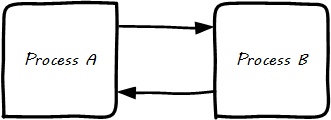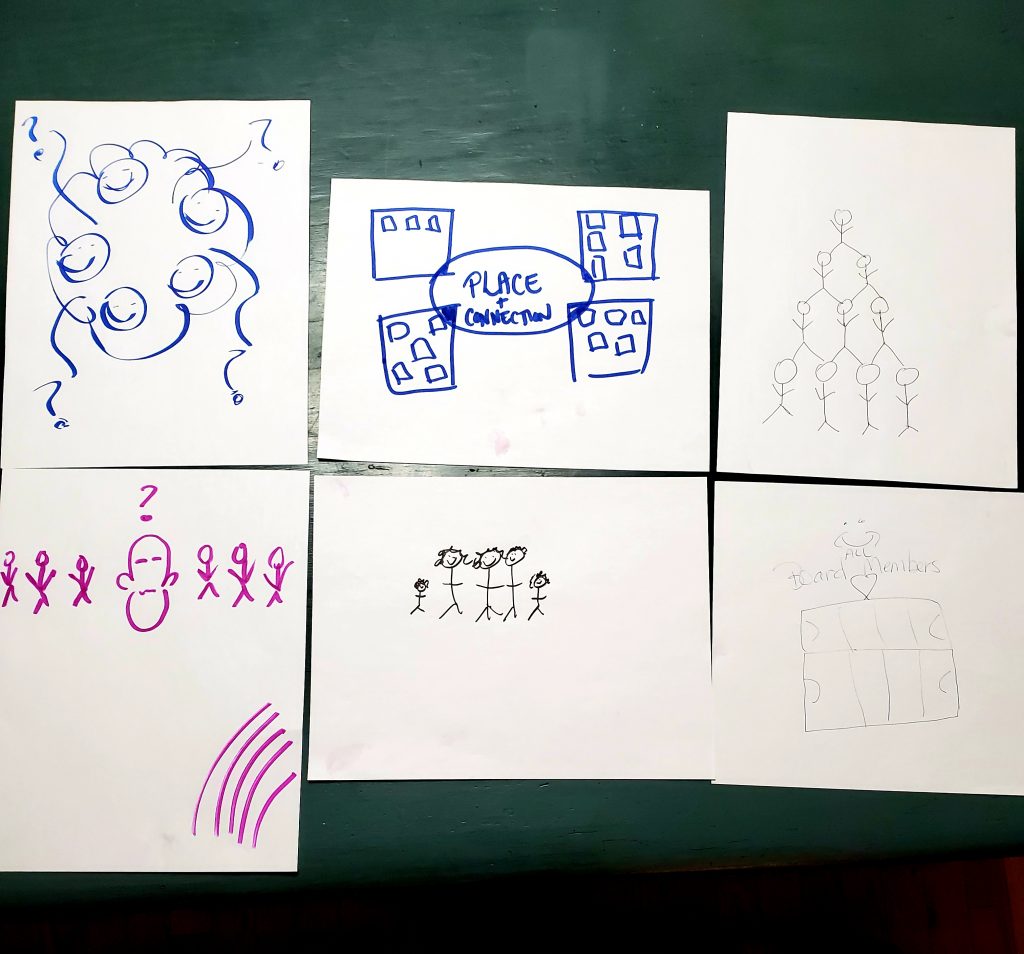I started with one design; switched “on the spot” to another! Recently, I facilitated a two-hour meeting with a board of directors. We met to continue a strategic planning process started a month earlier. In the first session, we had developed five-year goals and identified strengths and challenges to achieve them. In the second session, we planned to develop the strategies to address the challenges and achieve the goals. However, a few hours prior to the session, the board president received urgent information about a unique opportunity available to the organization. The participants agreed that they had to use the meeting to make a critical decision about the opportunity that could affect the organization for a long time.
Yikes! I had to immediately design activities that would help the participants make the most beneficial decisions about the opportunity presented to them. I took a deep breath and designed a variety of activities to give the participants ways to:
- Share and understand all of the information related to the situation
- Identify and discuss feelings, opinions, and ideas about the situation
- Identify and explore different perspectives, interpretations, implications
- Decide how the opportunity fit into their strategic goals (it did, as a big strategy)
- Indicate initial decisions
- Reach a consensus about the final decision
- Determine the next actions to implement the decision

Overall Approach
Underlying each technique, I used The Circle Way http://www.thecircleway.net/ and The ORID or Focussed Conversation https://extensionaus.com.au/extension-practice/the-orid-method-objective-reflective-interpretive-and-decisional/. I believe that a skilled facilitator needs to understand and use one or two approaches to her work; being able to draw upon them in moments of conflict, confusion, and in my case, rapid re-design of a session.
The techniques I Used
Opening conversation
Each participant drew an image to depict what stood out for her from the last session. These images allowed the participants to reflect on the goals that they developed and decisions made, and how they worked together. It provided a fast “feeling” and “gut-level” check.
Active Listening
Participants individually wrote notes about what they felt and thought about their goals and decisions from the previous session and how the opportunity fit. They then discussed in pairs with one person being the speaker and talking for two minutes about her thoughts. The second person gave the gift of listening, not speaking. They then changed roles.
I then facilitated a total group discussion about what they said and heard. Several participants identified that they were having second thoughts about the goals; some continued to fully support the goals. This activity helped the participants understand their own and each other’s thoughts before discussing the opportunity.
Pros and Cons
We listed the pros (advantages) and cons (disadvantages) related to the opportunity; then discussed thoroughly.
Be a Champion! Be a Naysayer! Be a Devil’s Advocate!
I invited the participants to speak as champions fully supporting the opportunity offered by the situation, then as naysayers totally opposed to the opportunity; and then, as devil’s advocates to question every aspect of the opportunity.
Five Finger Decision-making Technique
When the group seemed to have discussed all aspects of the opportunity, I called for a five-finger decision based on Michael Wilkinson’s book The Secrets of Facilitation. Each person put up the number of fingers to indicate their support for the opportunity.
| 1 finger | 2 fingers | 3 fingers | 4 fingers | 5 fingers |
| Strongly disagree and won’t support | Disagree
|
Can see plus & minuses, willing to go along with the group | Agree | Strongly Agree |
Round the group “final” decision
From the five finger decision, we then went around the group and each person stated their final position.
Facilitation is an incredibly rewarding mix of deliberate and thorough pre-design and pre-planning and “on the spot” response to the needs of the group. Enjoy the challenge and freedom of this balance.

